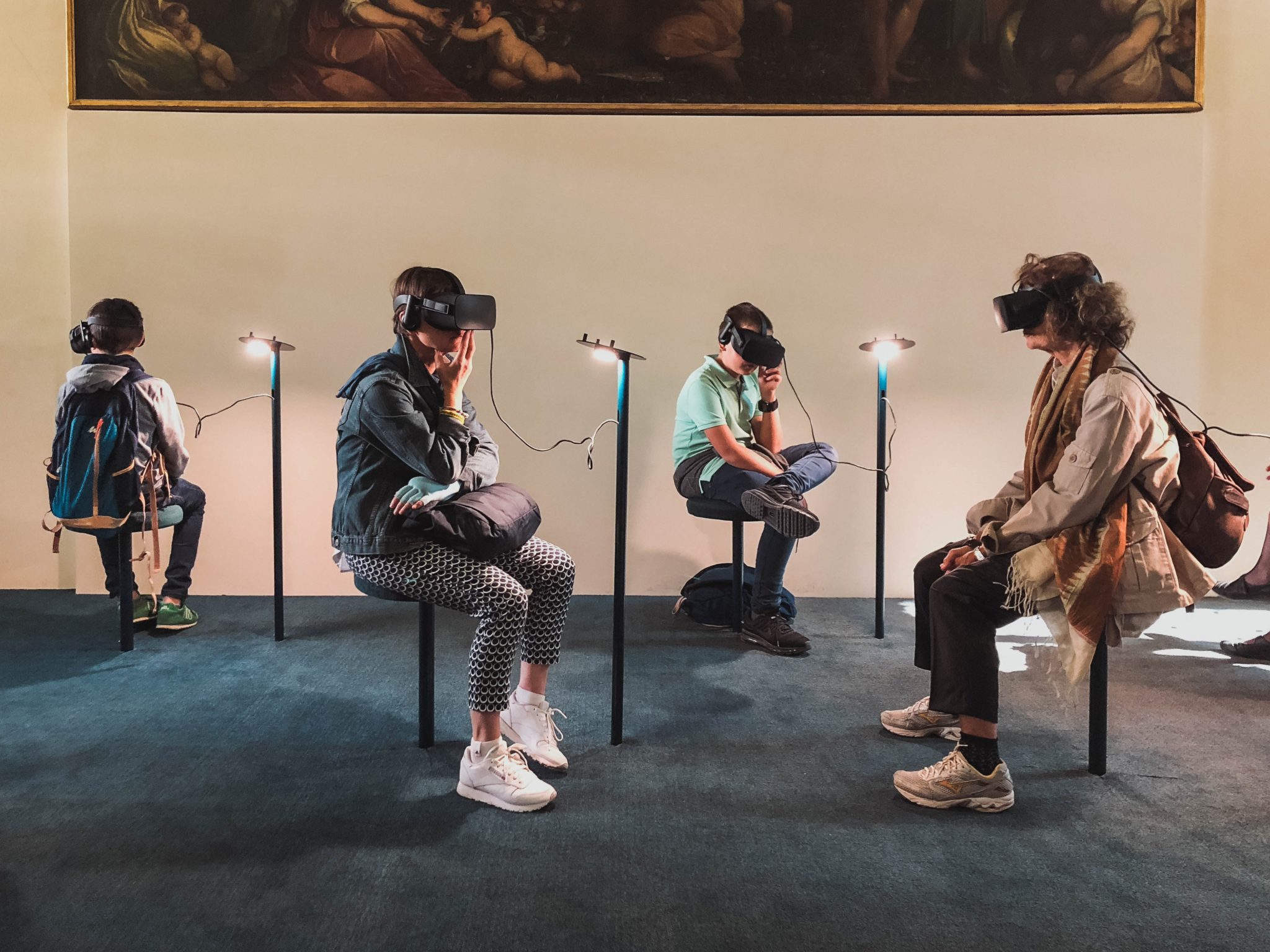Intro to AR and VR
The way we consume media and engage with it is constantly changing. The evolution just within the past 100 years is incredible. We’ve gone from radios and film projectors to smartphones and laptops, and the evolution won’t stop there. Two forms of technology that people have long signaled as the future of media consumption are virtual reality, or VR, and augmented reality, or AR. These are more immersive than any smartphones or televisions, and the technology has reached a point where it is now widely utilized.
VR and AR haven’t yet captured the market like many predicted, as there are still some problems. Virtual Reality requires headsets and advanced technology, and while this exists, it is expensive. It also is known to cause headaches and can be disorienting. AR isn’t easy to produce, and the real-world applications of mixed reality aren’t super established. People use picture filters on apps, and guided tours use AR, but these are relatively limited applications.
However, just because AR and VR haven’t dominated the market immediately doesn’t mean they won’t continue to grow. According to Oberlo, the AR and VR global market is expected to reach $296 billion by 2024, with a projected 18% compound annual growth rate from 2021to 2028. All projections are that the utilization of these technologies is only going to increase over the next several years.
AR and VR Social Media
Recently, Facebook announced their name change to Meta and their investment in the so-called metaverse. This means that the future of VR and AR social media is likely very bright. Even now, AR and VR are playing a significant role in the social media marketplace. Several different applications have risen to popularity on the back of Augmented Reality. Two of these are Snapchat and TikTok.
Both Snapchat and TikTok empower their users to use an AR feature that adds different filters to their pictures or video. People can change how they look and add real-time differences in their videos that are fun and visually captivating. This is something these apps prioritize, particularly Snapchat. But the applications of VR and AR tech can go far beyond this.
Numerous social media platforms cater to a VR audience. While none have the user base to match massive social media channels like Instagram, Facebook, and TikTok, VR social media is growing. Social VR is a VR space where users can meet and interact, often through customizable avatars that the users select. They can engage in shared activities like concerts and games, have full conversations, and more. Many believe that the future of social media lies in VR.
One company that believes this is Facebook, which has purchased Oculus, a major VR company, and is heavily invested in the metaverse. While the shift to VR and AR will likely be gradual, there is no reason to think it can’t happen. Humans are visual creatures, and the immersive sensory experiences VR and AR provide could be a big part of how we interact in the future.
AR, VR, and Influencer Marketing
To some extent, AR and VR influencer marketing currently exist. Branded filters appear on platforms like Snapchat and TikTok, and brands can get influencers to post using these filters. This is a valuable form of Snapchat or TikTok influencer marketing, but there is a lot of room for growth in the VR and AR influencer marketing industry.
Branded content is already a rising trend in the VR world, with companies like Nike and Balenciaga offering users purchasing opportunities for their VR avatars. Wherever there is virtual commerce, influencer marketing will drive an impact, and this is the case for VR. VR is very gamified, and with the rise of video game influencers and streaming, skilled VR gamers will likely be massive influencers shortly. They’ll be able to host virtual events, virtually wear certain items, and more.
Branching out in different directions is always a good idea for influencer marketers. While right now, influencer marketing through VR may be difficult and expensive, it is still smart to learn about the technology and how people are using it. There is no certainty that AR and VR will completely take over social media, even with the creation of the metaverse. But what is clear is that it is a growing industry that will be important in the future of social media marketing, and familiarizing yourself with the trends that define the use of this technology can help down the road.
If you want to launch your social strategy to a new level, partnering with an influencer marketing firm can yield significant results. Influence Hunter is a top influencer marketing agency with years of experience helping businesses develop and deploy high-performing, customizable campaigns. Contact Us Today to see how we can help grow your business.


Comments are closed